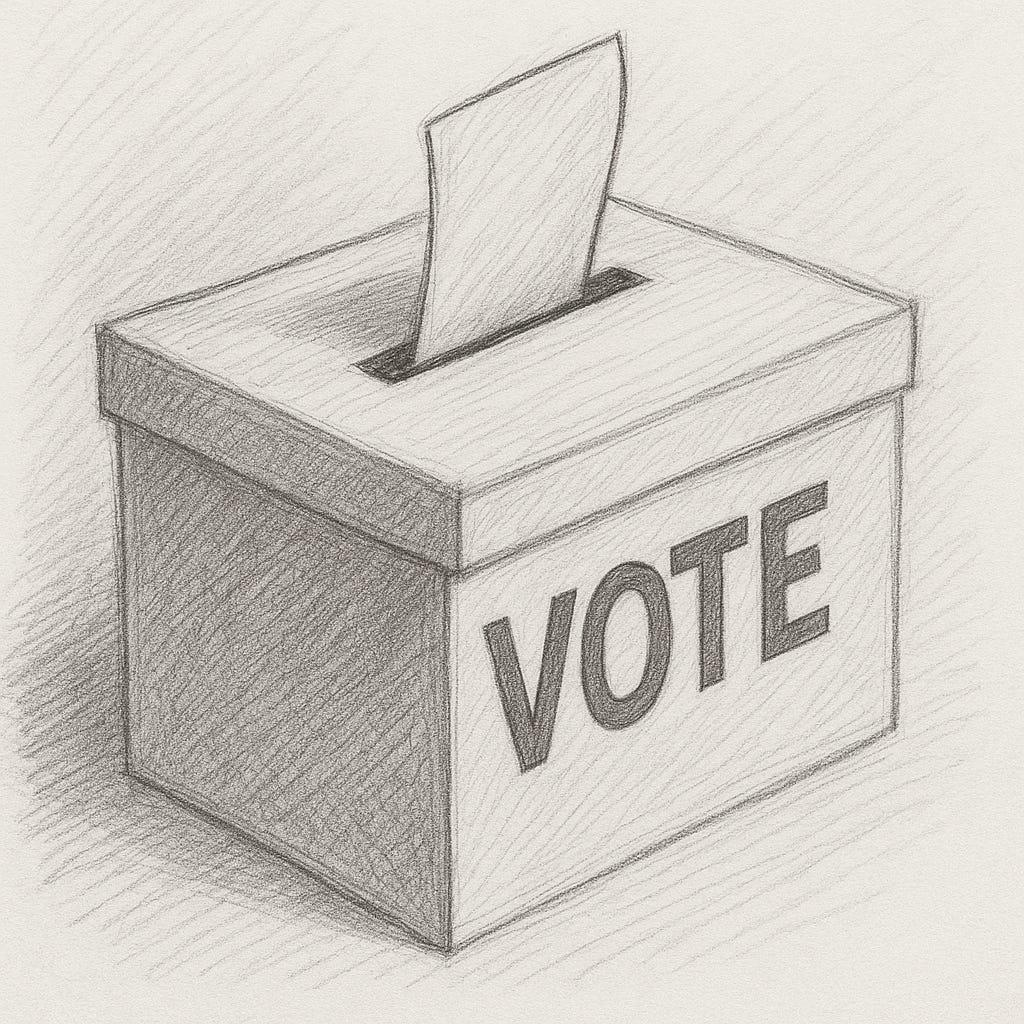The Left’s Rigging Fears vs. the GOP’s Real Election Maneuvers
Acosta and Reid’s warnings of stolen ballots meet the reality of redistricting, voting limits, and partisan power plays.
In July, Jim Acosta and Joy Reid warned that President Trump might rig the 2026 midterms. Reid wrote that assuming “we actually have free and fair elections” seemed “insane.” Acosta echoed her on air, and strategist James Carville told viewers the country should be “on high alert.”
Back then, there was no evidence of ballot tampering or vote-flipping. The talk looked more like partisan anxiety than fact, an example of how conspiratorial thinking can pop up on the left as well as the right.
But the months since have brought real developments. In August, House Minority Leader Hakeem Jeffries accused Trump of trying to “steal” the midterms by pushing aggressive redistricting. Reports from the Associated Press and New York Magazine described how the administration has moved to change voting rules, limit mail-in ballots, and even probe Democratic fundraising platforms.
The Brennan Center has warned that while “rigging” talk is still speculative, these moves, including gerrymandering, restricting ballot access, and politicizing investigations, could tilt the field toward Republicans.
That is the split. Acosta and Reid painted a picture of stolen ballots and hacked voting machines. The reality looks different. Conspiracy theories blow genuine risks into sweeping plots. And those risks are not confined to one side. From election denial to vaccine fears to “deep state” talk, the fringes of American politics fall back on the same logic. The 2026 midterms may not be rigged in the way cable hosts imagined, but the rules of the game are shifting in ways that could decide the outcome all the same.
Sources:



